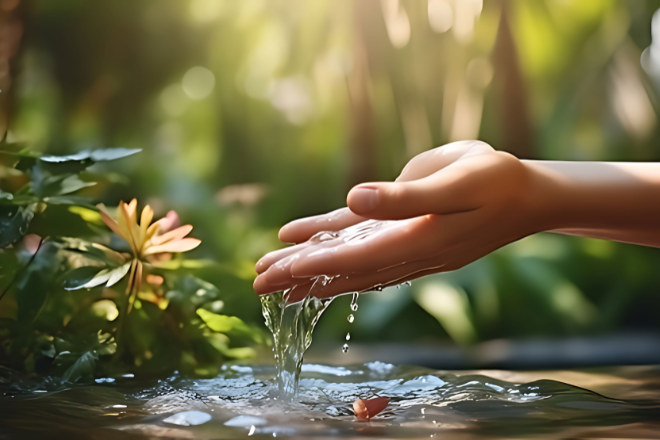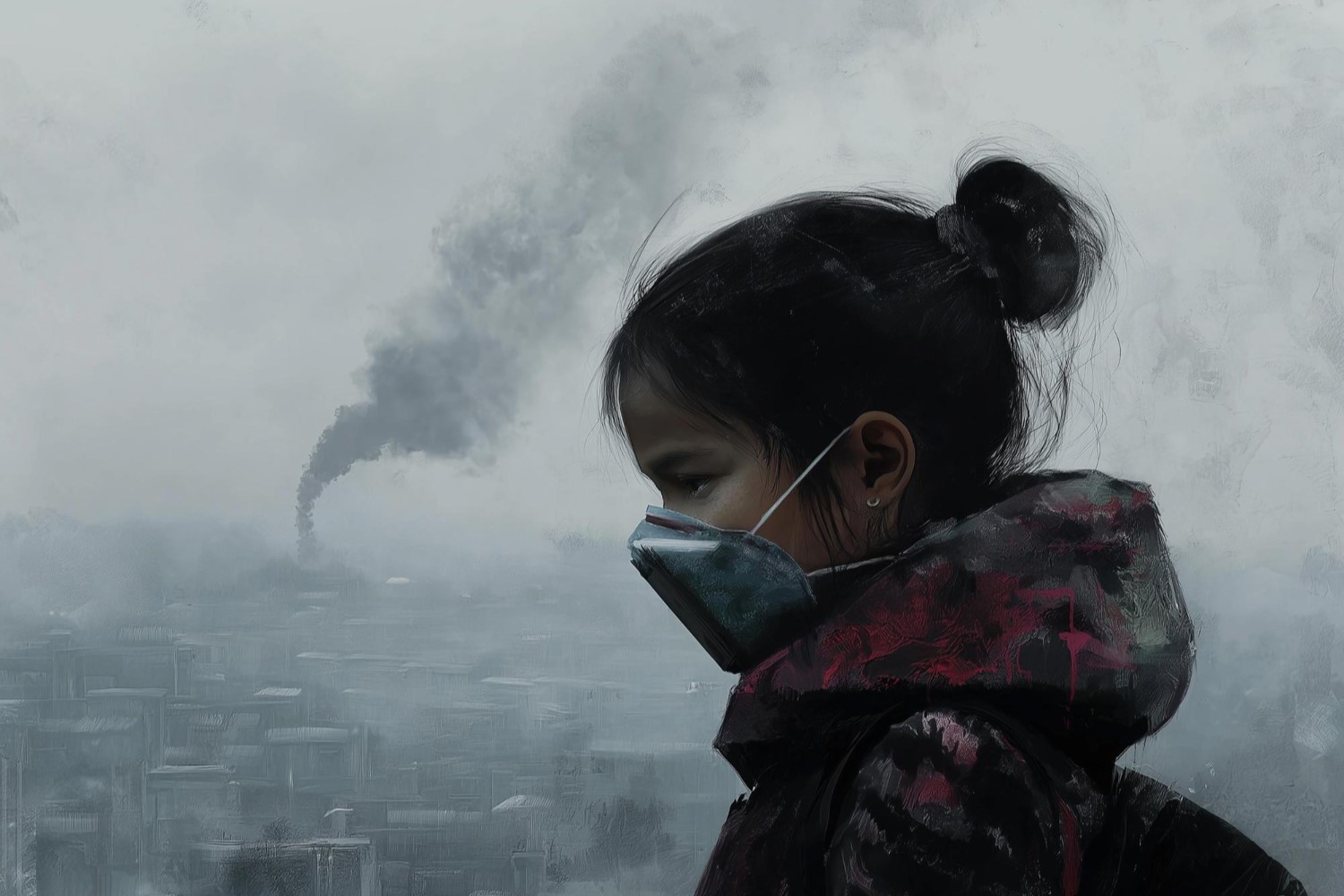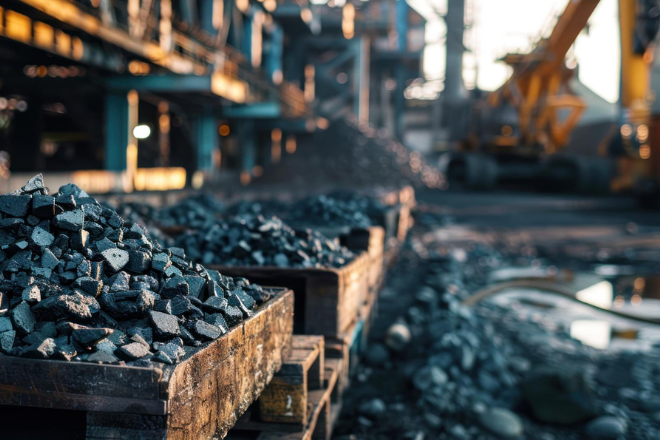Environment
10 Essential Ways to Preserve Our Water Resource
Water is one of the most critical natural resources essential for life on Earth. Yet, as the world grows and develops, water scarcity becomes a pressing issue, threatening future generations. Ensuring that clean, accessible water is available for the future requires conscious effort from individuals, communities, and governments alike.
Below are ten effective ways to preserve water resources, which we must adopt to ensure that future generations can thrive in a sustainable world.
1. Rainwater Harvesting
Rainwater harvesting is an ancient yet highly effective method for conserving water. By collecting rainwater from rooftops and storing it for domestic, agricultural, or industrial use, this technique helps reduce the strain on conventional water sources like rivers, lakes, and groundwater. Whether for gardening, cleaning, or irrigation, utilizing harvested rainwater can significantly reduce dependency on municipal water supplies.
2. Greywater Recycling
Greywater recycling involves reusing water from household activities such as bathing, washing dishes, or doing laundry. This water can be repurposed for non-potable uses like flushing toilets or irrigation. By installing greywater recycling systems, households and businesses can minimize water wastage and lessen the demand for freshwater resources.
3. Efficient Irrigation Systems
Traditional irrigation methods often waste large amounts of water. Adopting modern, efficient irrigation technologies, such as drip irrigation, can reduce water use in agriculture. Drip irrigation delivers water directly to the plant's roots, minimizing evaporation and runoff, and ensuring that water is used where it's needed most. This method can improve crop yields while conserving precious water supplies.
4. Water-Smart Landscaping
In many urban and suburban areas, water usage spikes due to the need for garden and lawn maintenance. Opting for water-smart landscaping, such as xeriscaping, involves using drought-resistant plants and minimal grass. This reduces the need for excessive irrigation and helps conserve water. Additionally, incorporating mulch and native plants can further limit water evaporation and improve soil health.
5. Fixing Leaks
Leaking taps, pipes, and toilets might seem like small issues, but collectively, they result in a significant waste of water. A single dripping tap can waste up to 15 liters of water a day. Fixing leaks promptly in households, businesses, and public spaces can help save millions of liters of water annually, making a noticeable difference in water conservation efforts.
6. Bamboo Drip Irrigation
This traditional irrigation system, still used in parts of India, channels spring water through bamboo pipes to agricultural fields. The bamboo pipes guide the water with minimal loss over long distances, reducing water usage drastically. This eco-friendly method is especially beneficial for hillside farming and promotes sustainable agriculture with minimal environmental impact.
7. Using Water-Efficient Appliances
Water-efficient appliances such as dishwashers, washing machines, and toilets use significantly less water compared to older models. For instance, newer low-flow toilets use up to 50% less water per flush. Encouraging households and businesses to upgrade to water-efficient appliances can drastically cut down water usage, without compromising on performance or convenience.
8. Public Awareness and Education
Educating people about the importance of water conservation is vital for creating long-term change. Public campaigns, workshops, and educational programs can inform individuals about how their actions affect water availability. By raising awareness about everyday water-saving techniques—such as turning off taps while brushing teeth or using a broom instead of a hose to clean driveways—communities can work together to conserve water.
9. Protecting Watersheds
Watersheds are the land areas that channel rainfall and snowmelt into rivers, lakes, and groundwater systems. Protecting and restoring these areas is essential for maintaining water quality and quantity. Deforestation, pollution, and urbanization threaten watersheds and their ability to provide clean water. Implementing watershed management strategies, including reforestation and pollution control, ensures the long-term sustainability of our water sources.
10. Desalination and Water Recycling
As freshwater resources dwindle, alternative methods like desalination—converting seawater into freshwater—are becoming more viable. While currently expensive, advances in technology may make desalination a more feasible option for the future. Water recycling, where wastewater is treated and reused for non-drinking purposes, is also becoming a popular solution in water-scarce regions. Both methods are essential for meeting future water demands without depleting existing freshwater resources.
The Need for Water Testing
While these strategies are crucial for water conservation, ensuring that the water we use and preserve is safe for consumption is equally important. Water contamination from industrial runoff, pesticides, and untreated sewage poses significant health risks. This is where water testing plays a vital role.
Regular water testing helps detect contaminants that could be harmful to both humans and ecosystems. It allows us to identify and address pollution sources before they cause irreversible damage. By monitoring water quality, we can safeguard public health and ensure that future generations have access to clean, safe water.
Preserving water resources requires a multi-faceted approach involving innovative technologies, community engagement, and proactive governance. Alongside these efforts, water testing is essential to ensure the quality of this invaluable resource. Together, we can build a future where water is abundant, clean and sustainable for generations to come.










 Food And Beverages
Food And Beverages